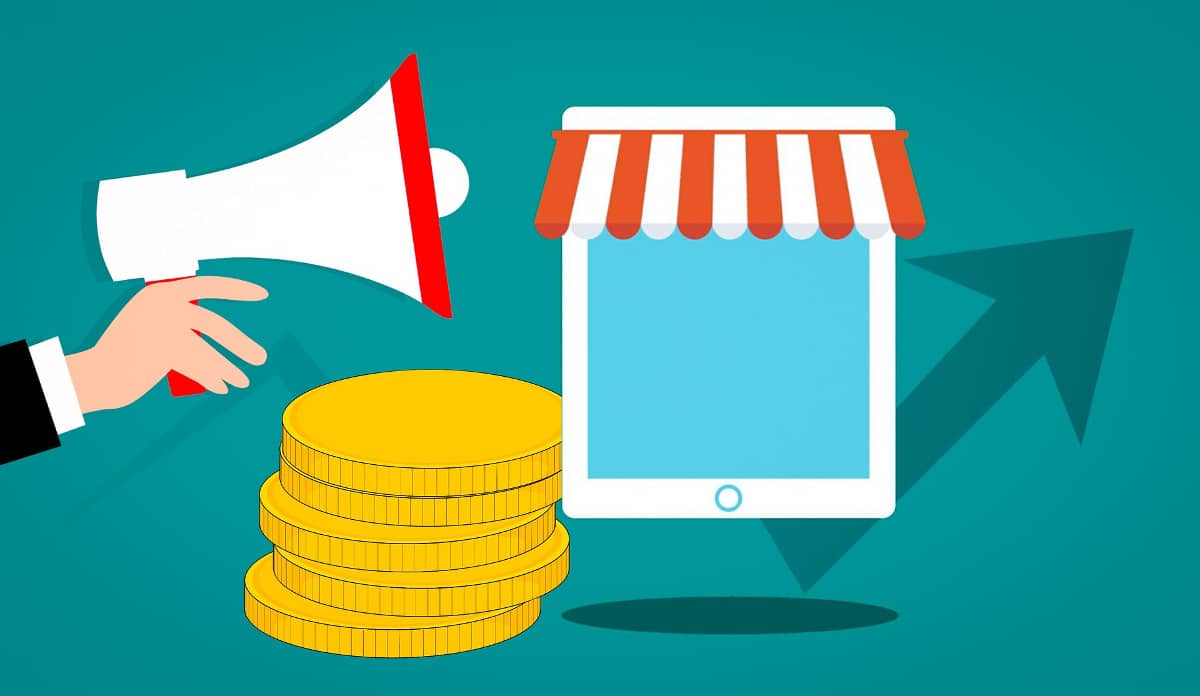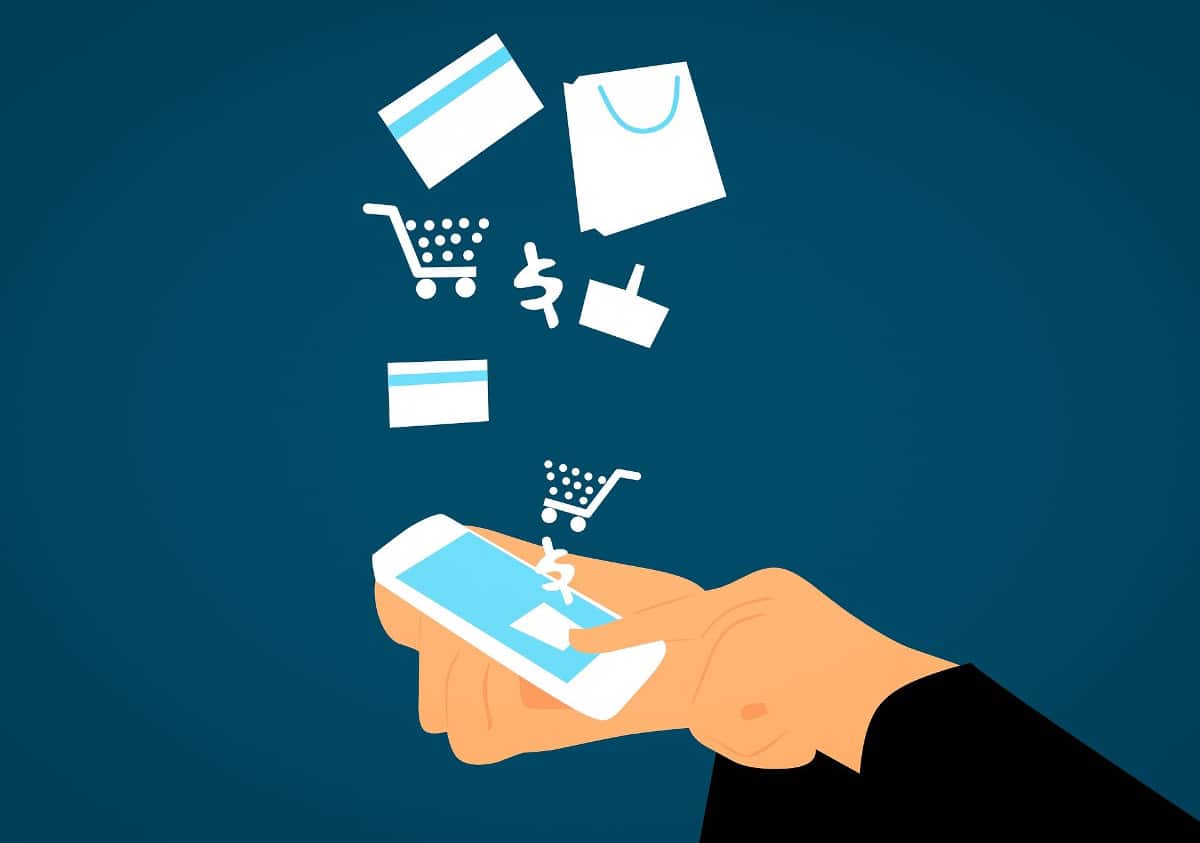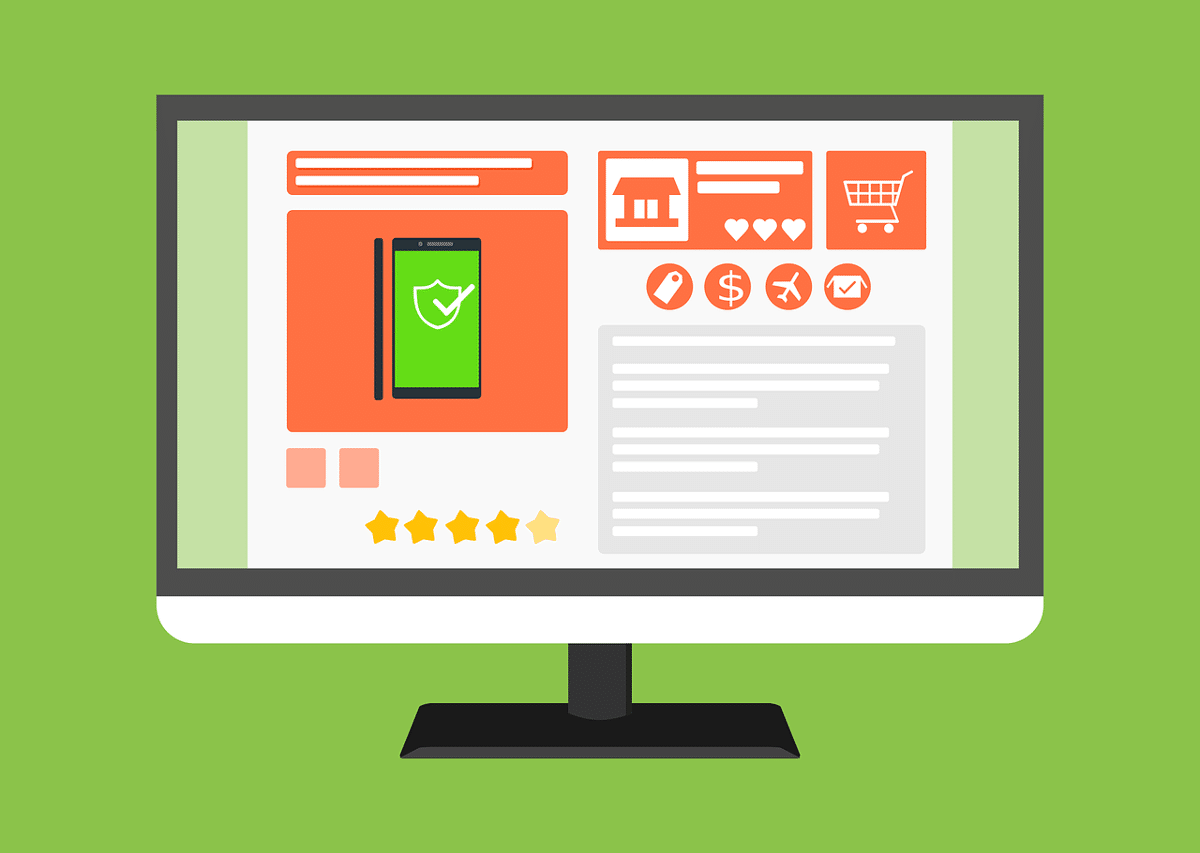
If you have an ecommerce, or a web page, it is possible that, at some point, you have used call to action. It is a marketing resource that helps to capture the attention of users so that they react and do something that we want.
But what is a call to action? And how can we use it to our advantage? This and much more is what we are going to discuss below so that you can understand how it is used and decide whether to apply it on your website or on your ecommerce or social network. Discover it all!
What is the call to action
A call to action is also known as a call to action, or CTA. It is a marketing tool that is being used more and more because with it You can capture the attention of users when they browse a website, a social network or even an ecommerce. The objective? That they do a concrete action.
That is why there are many types of calls to action, depending on what you want. For example, imagine that you are on a web page and, in a moment, they put a button with the word: subscribe. That would be a call to action, since what is required is that that person leave their data in a file so that they can be contacted (usually in exchange for a gift). Other actions can be filling out a survey, signing up for a webinar, downloading an ebook, buying, limited offer ...
How is it applied in an ecommerce?
A call to action in an ecommerce is quite common to find. In fact, in each product you have buttons that ask you for different actions, such as "buy", "subscribe", "see the cart". All of them they are not put exactly to "improve navigation in that online store", Rather, they are buttons that the user wants to do different actions, be it buy, follow the page, etc.
That is why they are so important, because user behavior is indirectly influenced, either until the purchase is made, or until they subscribe and the offers and news on the page remain faithful.
Advantages of a call to action

Although some time ago calls to action were seen as something negative (influencing what the person was going to do only served to make him do the opposite), today the way of seeing them has changed and, although they go more unnoticed Indirectly, the user's mind tends to do what the page itself really wants.
Therefore, with a call to action you get many advantages, such as:
- Encourage followers to share on social media.
- Influence the purchase of the products, or encourage them to take the step to do so.
- Get the data in a subscription in exchange for offering you a gift.
In any case, one of the main advantages of the call to action is to influence the user, in a greater or lesser way, by doing what we want, be it a purchase, obtaining their data, turning that user into someone important. for branding, etc.
Types of call to action in an ecommerce

If you have an ecommerce, or are thinking of creating one, you should know what types of call to action are you can use (and they are more successful in front of others). Therefore, as an example, we leave you below a series of phrases or words that can help you achieve results.
- Add to cart
- Keep shopping
- Shop now
- Finish order
- Offer
- Last chance
- Limited offer
- Purchase before the expiry of the offer
- Limited edition
- We want to know your opinion
- Leave a comment
- Rate the product
- Book now
- Share to spread
- Sign up
- Register
- Subscribe
- Read more
- Download the ebook
- Download the template
- Participate
- Request more information
- We call you
- Call without obligation
Depending on the type of ecommerce you have, you can use other variants, or even more original ones, that go with the essence of the store. For example, in the case of being a children's store, you can try with words that the children understand (but keep in mind that it is the parents who will make the purchase and must remind the children).
Or if you have an online bookstore, you can choose to put words or phrases that refer to books and / or literary characters (as long as the message you want is understood).
Aspects to keep in mind in calls to action

Now that you know a little more about the call to action, let's go further. And it is not worth anything, placed in any way, on a web page or ecommerce. Actually, there are many aspects that are taken into account so that these calls have the effect that is expected. Thus, you will find the following:
Know where to put it
Depending on the call to action that you want to carry out, the objective of the page, complexity and user intention, the position of that call will change significantly. For example, in the case of subscriptions, when they offer nothing, they are usually placed at the bottom of the page. Why there? Because you try to make the content attractive enough that users are worth it, and even want to subscribe.
On the other hand, when that subscription does have a prize, it is placed at the beginning, in the middle and at the end, to remind the user that, if they do one thing, they will have a reward.
Size and shape
Another aspect of the call to action to consider is the size of that button as well as its shape. Of course, you have to avoid that it is too large or with shapes that may overlap with other content.
Color
Color is a very important part because you need to grab that person's attention, break the monotony of the page so that it stands out above all else. Now, depending on the objective you have, it will be better to use one color or another. In this case, the psychology of color can help you out.
Message
Buy, subscribe, limited time ... The call to action button should have a clear message and, if possible, also urgency. The kind that make you think that if they don't give it right away, they will run out of the product (even though you can have a warehouse full of those products).